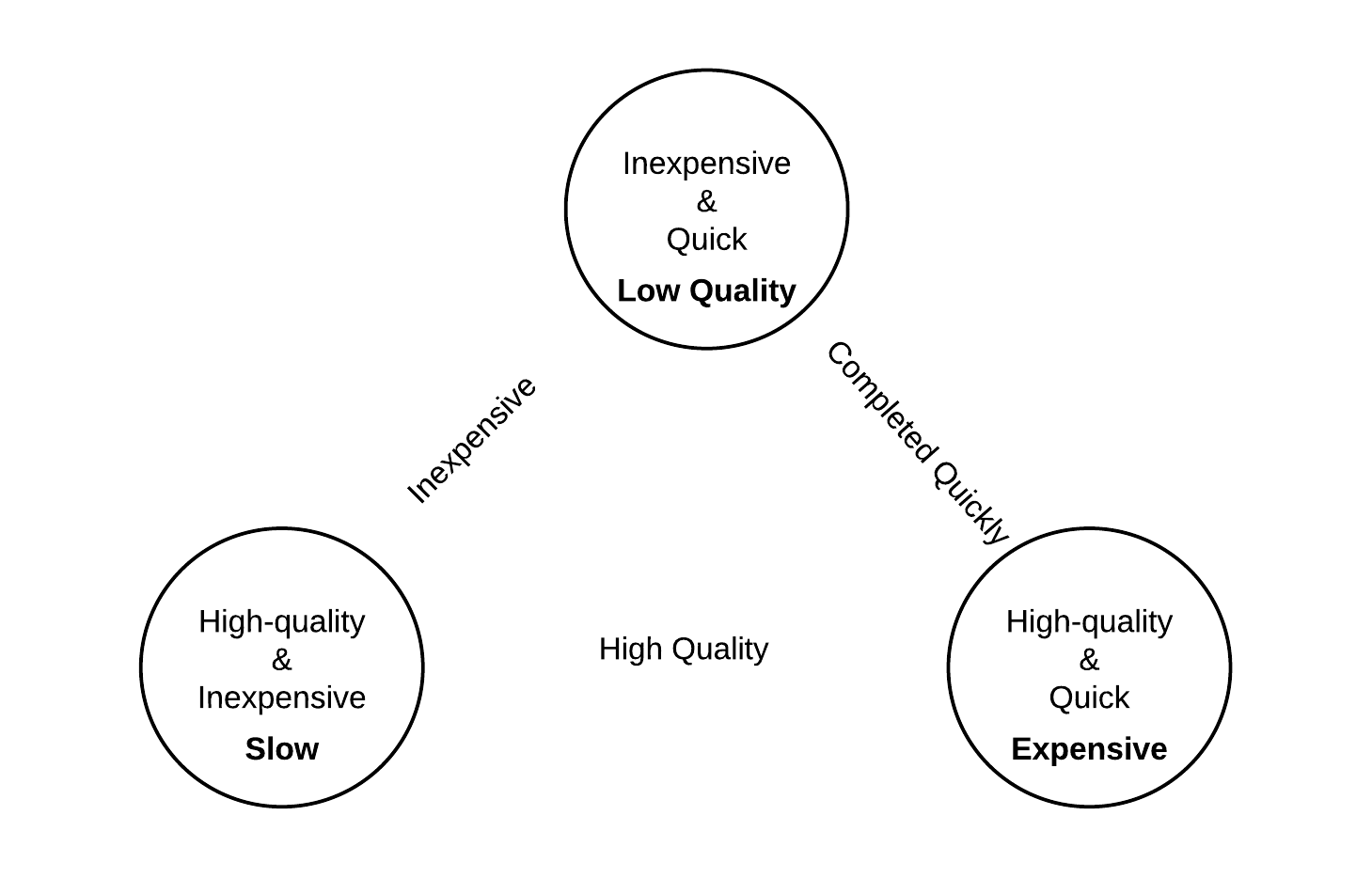IT professionals confirm leaders, including educational leaders, want systems that are:
- Inexpensive;
- Designed and installed quickly;
- Of high quality.
When faced with those three design needs, the IT professional usually responds with “choose two.” While this is often done in an attempt to introduce humor into the conversation, the response does capture a reality of the “paper-scissors-rock” nature of designing IT systems. If school leaders are to be effective leaders of technology-rich institutions, then it is essential they understand and remember these inverse relationships:
Those that are inexpensive and of high quality take a long time to deploy– This is often accomplished through open source tools which must be installed and configured by the IT staff (in their “free time” and on servers with “free space” two realities that delay the work) and then they are tested to ensure they meet local needs (which also delays the time until systems are ready for production).
Those that are high quality and can be deployed quickly are expensive–This is because IT professionals must purchase “off the shelf” solutions that are installed and configured by vendors. In many cases, the quality of these systems is temporary as users find the “standard configurations” do not meet their needs.
Those that are inexpensive and deployed quickly are of low quality–This is because either the open source systems were not thoroughly tested before they were deployed, or the commercially available systems were not properly researched or the commercially products were not ready for production.
